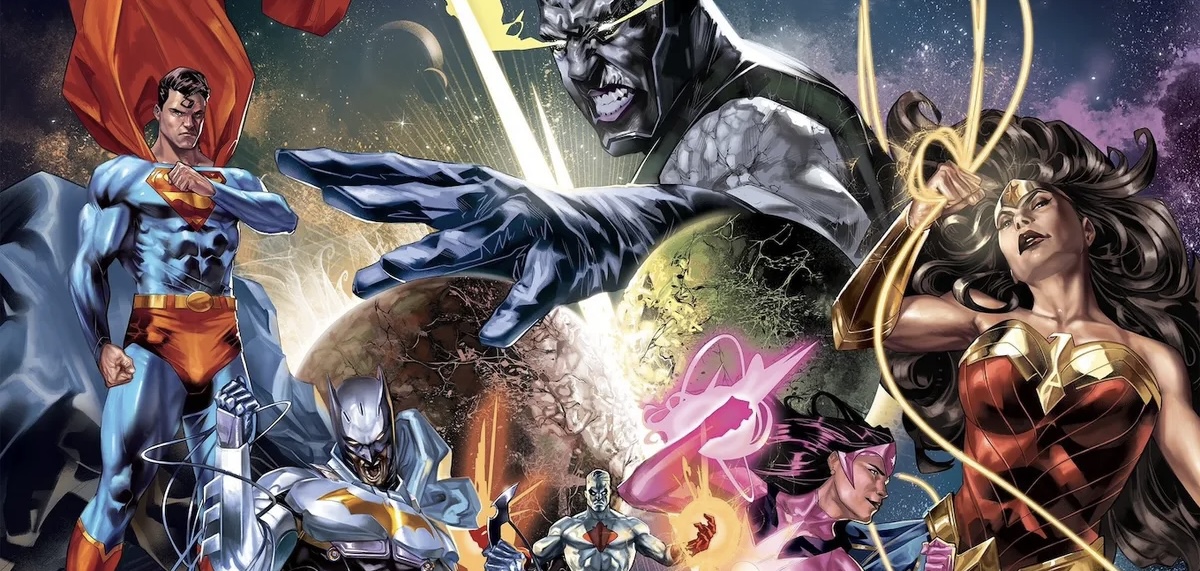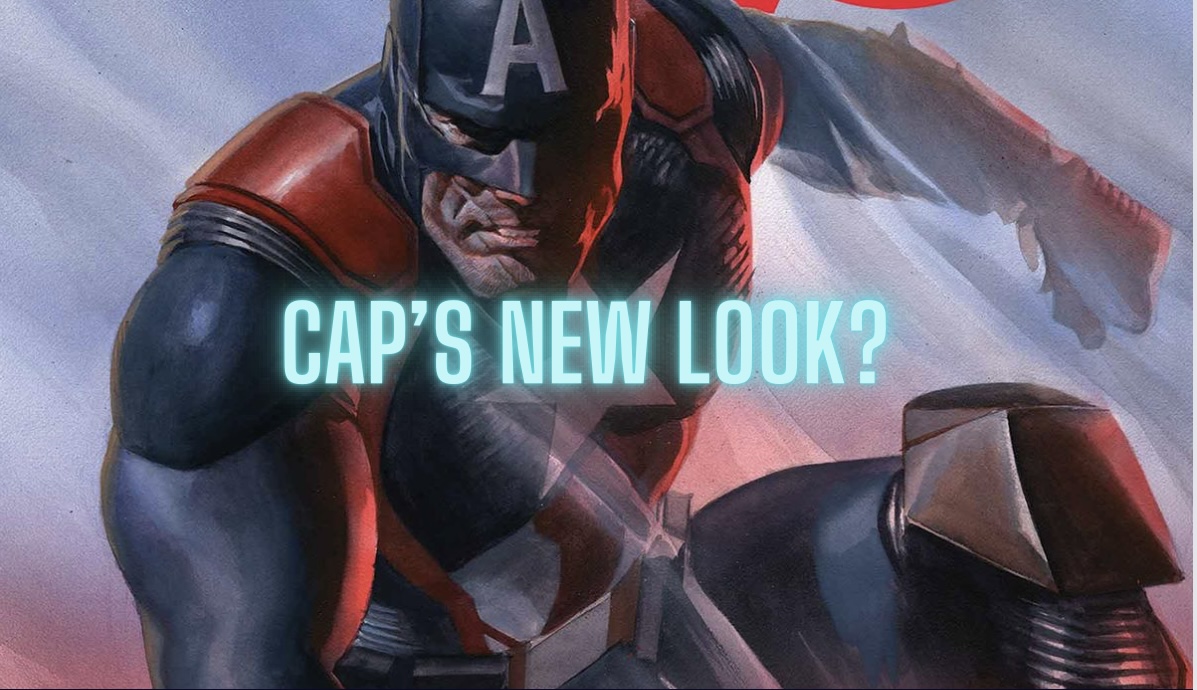Few characters in the Marvel Universe elicit the kind of visceral response that Frank Castle does. Known to most as The Punisher, Castle is a grim symbol of retribution, a man forged in the fires of personal tragedy and sustained by an unwavering war against crime. He’s never been a traditional hero, and that’s exactly why fans are drawn to him. His story is one of pain, rage, and an unrelenting sense of justice, and as he makes his return to the screen in the upcoming Daredevil: Born Again series, it’s worth exploring why The Punisher remains one of the most compelling—and controversial—figures in comic book history.
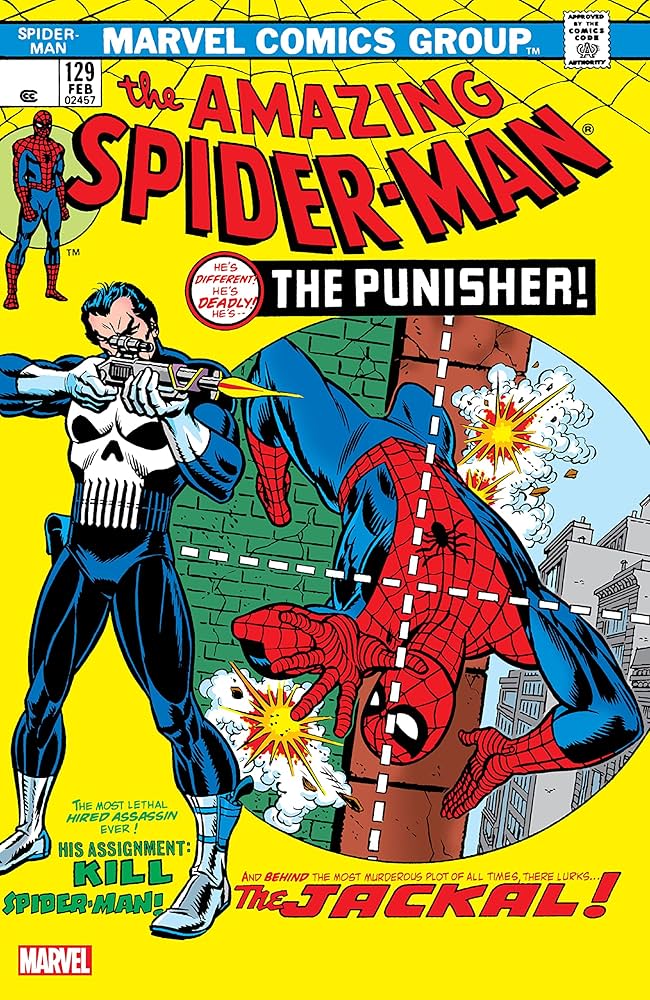
Frank Castle first appeared in The Amazing Spider-Man #129 in 1974, created by writer Gerry Conway and artists John Romita Sr. and Ross Andru. From the beginning, he was different. Originally introduced as a villain hunting down Spider-Man under the false belief that the web-slinger was a murderer, Castle stood out for his brutal methods and distinctive look: black body armor emblazoned with a stark white skull. The visual, along with his take-no-prisoners attitude, immediately captured readers’ attention. But what really cemented The Punisher’s place in the Marvel pantheon was his backstory. A decorated Marine with an exemplary service record, Frank Castle returned from the Vietnam War only to witness the cold-blooded murder of his wife and children during a mob hit gone wrong. Failed by the justice system, Castle declared war on organized crime and never looked back.
While many Marvel characters fight crime, Frank Castle wages war. Unlike heroes like Spider-Man or Captain America, Castle doesn’t aim to subdue or rehabilitate his enemies. He eliminates them. This singular focus on punishing the guilty—without remorse or hesitation—sets him apart and invites a complex relationship with readers. Some see him as a necessary evil, a dark mirror reflecting the failings of the world around him. Others view him as a cautionary tale, a man consumed by grief and rage. Either way, The Punisher is impossible to ignore.

In the 1980s, The Punisher’s popularity soared, leading to his first solo miniseries in 1986 and an ongoing series that ran for nearly a decade. These stories delved deeper into Frank’s psyche, exploring the toll his crusade took on him and the people around him. Unlike many superheroes, Castle operated outside the law, often clashing with other Marvel heroes like Daredevil and Spider-Man. These confrontations highlighted the stark contrast between Castle’s methods and those of more traditional do-gooders. Where others saw moral lines, Castle saw only the mission. His infamous “War Journal” became a symbol of his tactical mind and relentless drive, documenting every operation, every kill, and every failure.
Among the most acclaimed Punisher stories is Welcome Back, Frank by writer Garth Ennis and artist Steve Dillon, released in 2000. This arc brought Castle back to basics, pitting him against the mob in a brutally efficient fashion. Ennis emphasized Frank’s dark humor and unflinching resolve, while also humanizing him in subtle ways. The series reestablished The Punisher as a force to be reckoned with, no longer bogged down by the supernatural elements and convoluted plots that had crept into his stories during the 1990s. Ennis followed this success with The Slavers, a harrowing arc that saw Castle dismantling a human trafficking ring. Unflinching in its portrayal of evil and the consequences of unchecked power, the story stands as one of the most powerful—and disturbing—examples of The Punisher’s moral code in action.
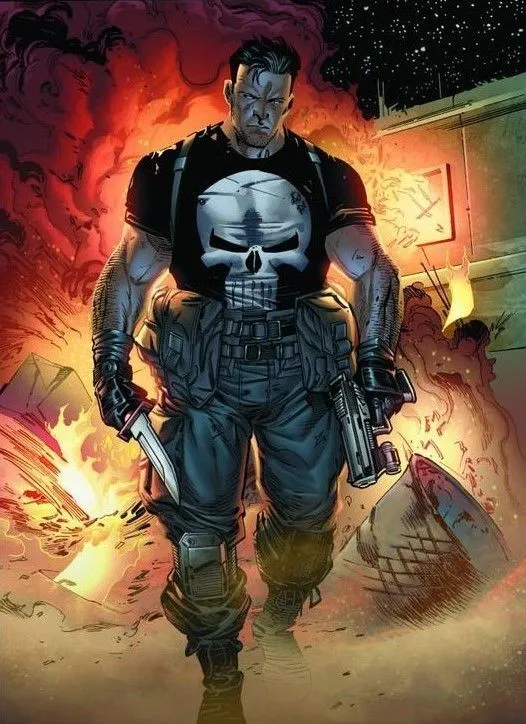
Another standout story is Born, a miniseries also by Ennis, which explored Frank Castle’s time in the Vietnam War. Set during Castle’s final days in the jungle, it’s a psychological study of a man who already felt more at home in combat than in peace. The war didn’t create The Punisher; it merely gave Frank Castle the tools to become him. The series suggests that Castle’s violent crusade didn’t begin with the death of his family, but rather that the war simply revealed the darkness already lurking inside.
This blend of trauma, military precision, and moral ambiguity has always been central to The Punisher’s appeal. Fans are drawn to his uncompromising nature, his unwavering sense of right and wrong, and his refusal to play by the rules. In a world where justice often seems elusive, Frank Castle represents a fantasy of control and retribution. He doesn’t wait for the system to work—he is the system, judge, jury, and executioner. Yet, he is also a deeply tragic figure. Beneath the skull is a man haunted by loss, driven by pain, and unable to let go. That emotional core, the eternal struggle between man and monster, is what gives The Punisher his enduring power.

Frank Castle’s transition to the screen has only amplified his popularity. While several actors have portrayed The Punisher over the years, Jon Bernthal’s take in Netflix’s Daredevil and The Punisherseries is widely considered definitive. Bernthal brought a raw intensity and vulnerability to the role, portraying Frank as a deeply damaged man who channels his trauma into a violent mission. His return in Daredevil: Born Again marks a major moment for fans eager to see more of this version of the character. As the Marvel Cinematic Universe continues to explore darker, more mature themes, The Punisher’s presence offers a stark contrast to the more polished heroes around him.
Yet, The Punisher’s appeal isn’t without controversy. Over the years, some law enforcement and military groups have adopted his skull symbol, prompting debates about its meaning and misuse. Marvel has responded by attempting to recontextualize the symbol, especially in recent comics, but the debate continues. For many fans, the skull represents a man who refuses to back down in the face of evil, who will fight for the innocent when no one else will. For others, it’s a symbol of vigilantism taken too far. That tension, that duality, is at the heart of The Punisher.
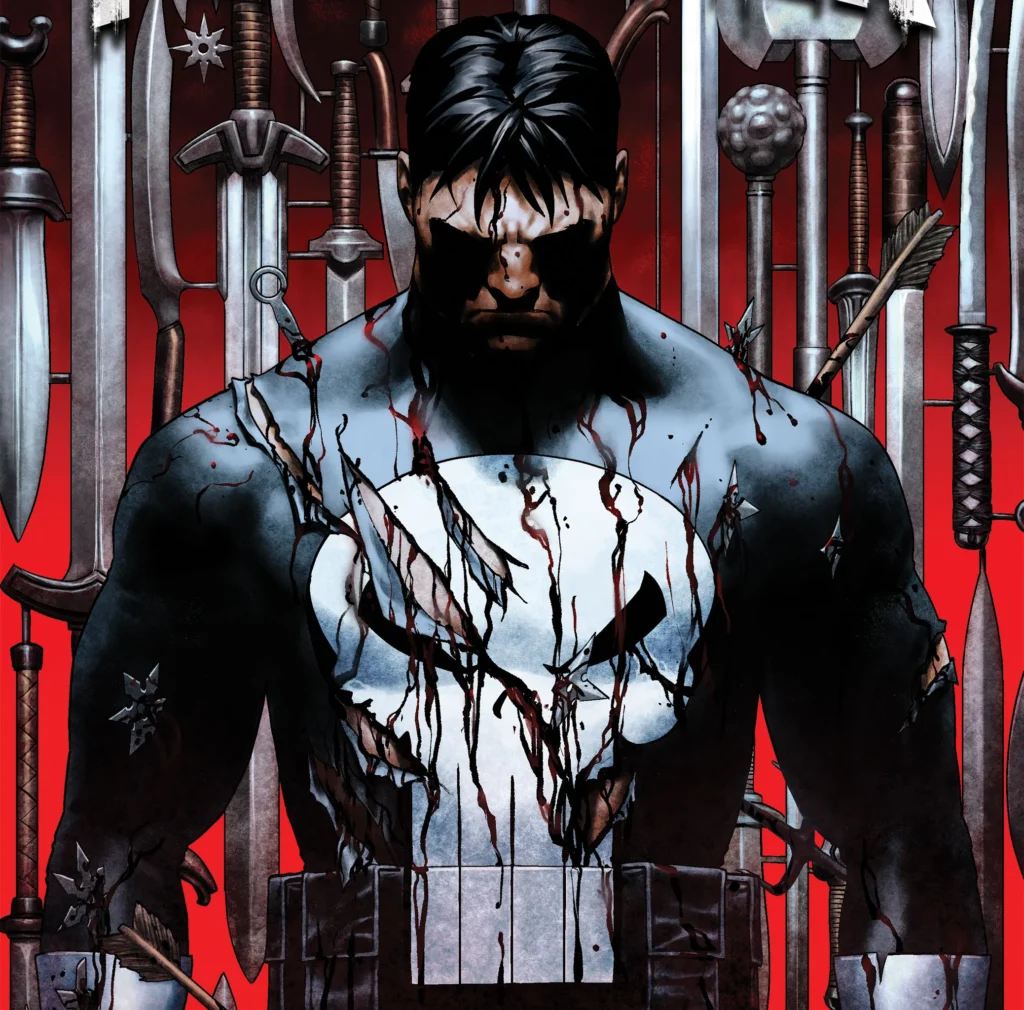
Ultimately, Frank Castle endures because he forces readers to confront uncomfortable truths. He’s not a role model, and he’s not meant to be. He’s a figure of rage and sorrow, of justice twisted by grief. In a world of gods, mutants, and super soldiers, The Punisher is just a man with a mission—and sometimes, that’s more terrifying than any supervillain. Fans love him because he’s honest in his pain, ruthless in his execution, and unwavering in his purpose. Frank Castle may never find peace, but he will never stop fighting—and that’s why he remains one of Marvel’s most iconic and enduring characters.


